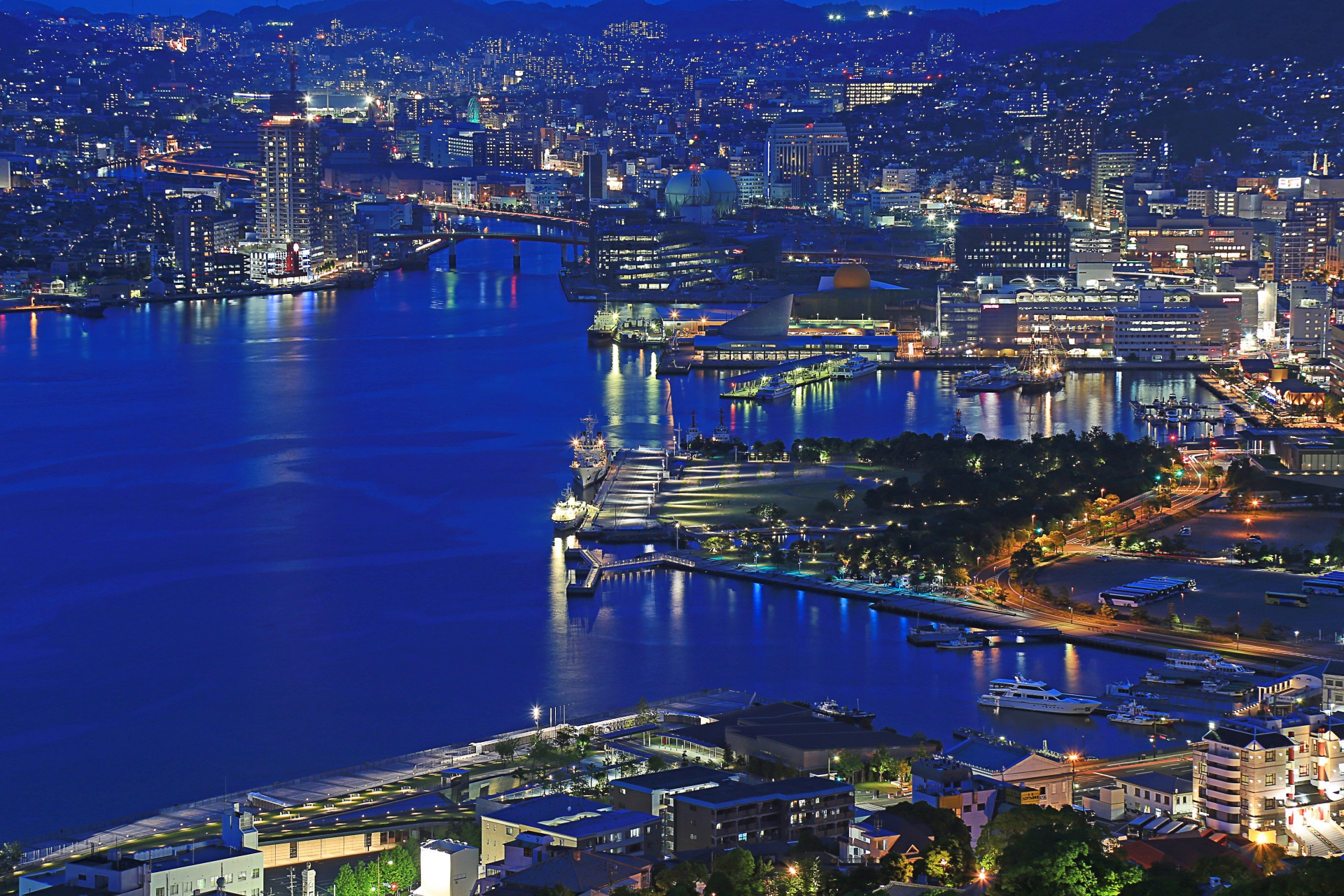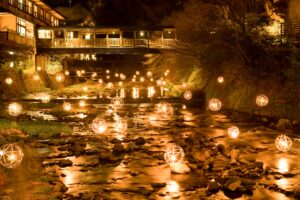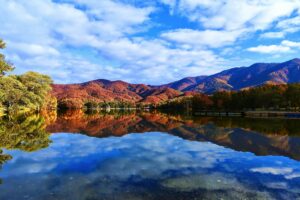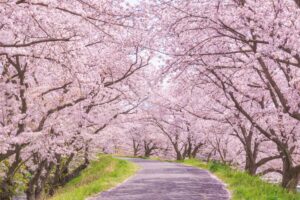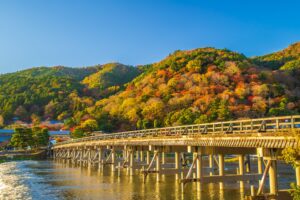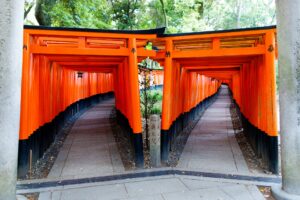Nagasaki, a city known for its profound history and cultural significance, offers a unique blend of past and present. This guide provides a detailed look into Nagasaki’s historical landmarks, cultural attractions, culinary delights, and practical travel tips to ensure a memorable visit.
Introduction to Nagasaki
Nagasaki, located on the northwest coast of Kyushu Island, is a city renowned for its rich historical tapestry and cultural heritage. Once a critical port for foreign trade and influence, Nagasaki has evolved into a vibrant city that seamlessly blends the old with the new. This guide delves into the city’s significant landmarks, cultural attractions, culinary delights, and practical travel tips to help you make the most of your visit to Nagasaki.
Historical Significance of Nagasaki
Nagasaki’s history is deeply intertwined with pivotal moments in Japan’s past, from its role as a key trading port to the tragic events of World War II.
Nagasaki During World War II
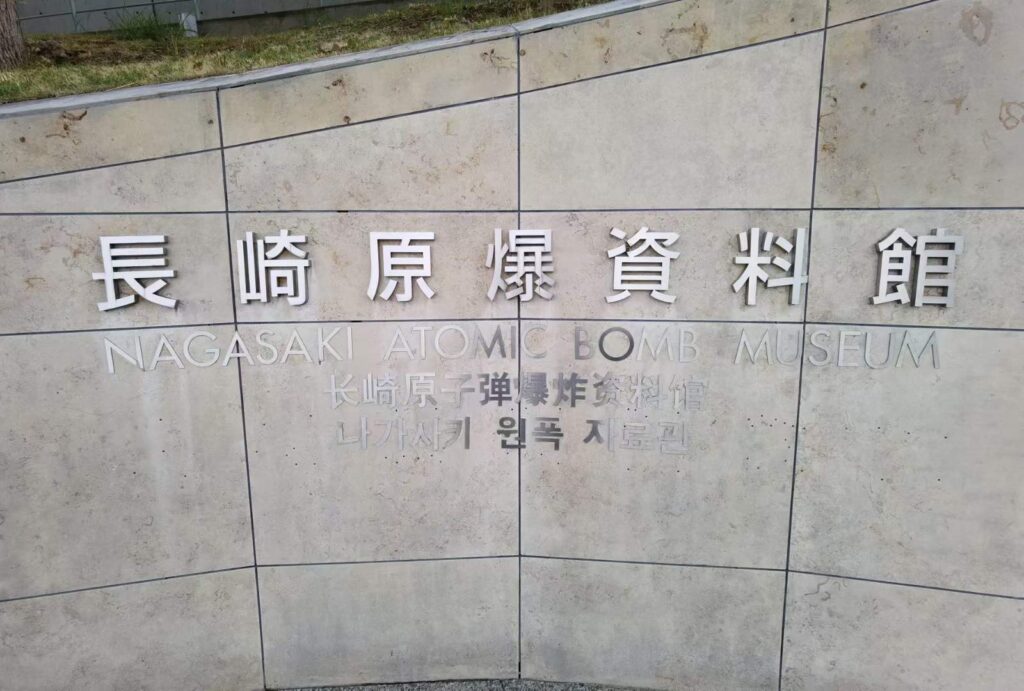
Nagasaki is globally known for being one of the two cities in Japan devastated by atomic bombs during World War II. On August 9, 1945, the bomb dropped on Nagasaki led to immense destruction and loss of life, marking a significant moment in world history. Today, the Nagasaki Atomic Bomb Museum offers a poignant look at the impact of this event and the city’s remarkable recovery efforts. Visitors can learn about the bomb’s immediate effects, the long-term consequences, and the city’s path to reconstruction and peace advocacy.
Other Historical Landmarks
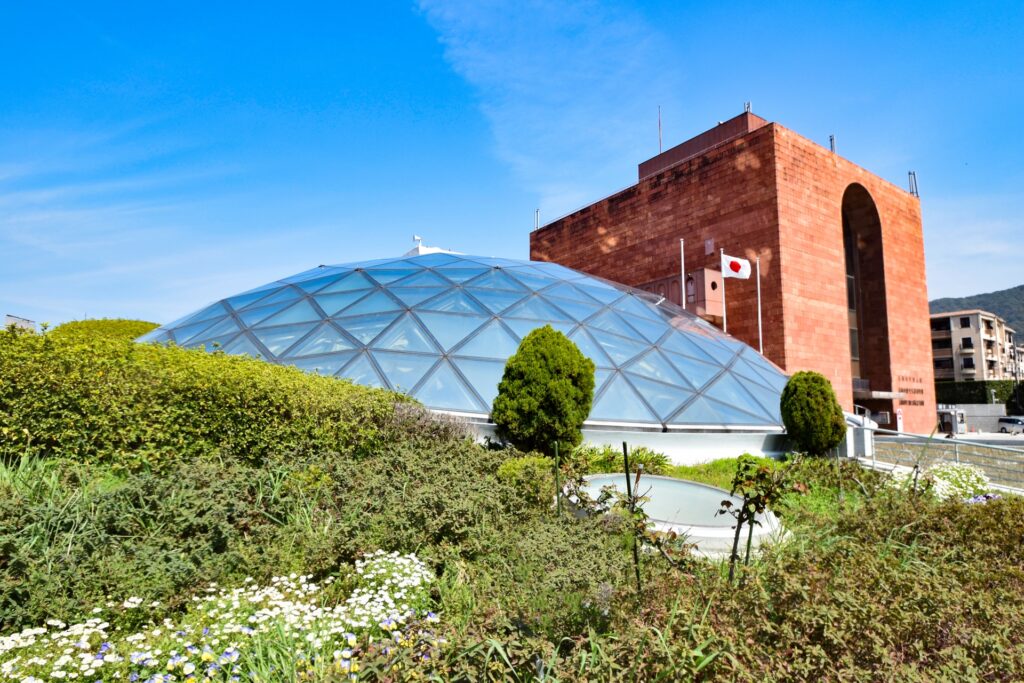
Beyond its wartime history, Nagasaki boasts several other notable historical sites. Glover Garden, an open-air museum, showcases Western-style residences from the Meiji era, reflecting Nagasaki’s international connections. Dejima, once a Dutch trading post, now serves as a museum, providing insights into Japan’s period of isolation and subsequent opening to the world. The Nagasaki Peace Park, created to commemorate the atomic bombing victims, is another significant site that symbolizes hope and peace.
Cultural Attractions in Nagasaki
Nagasaki is a cultural hub, offering a variety of attractions that highlight its unique traditions and vibrant local life.
Festivals and Events
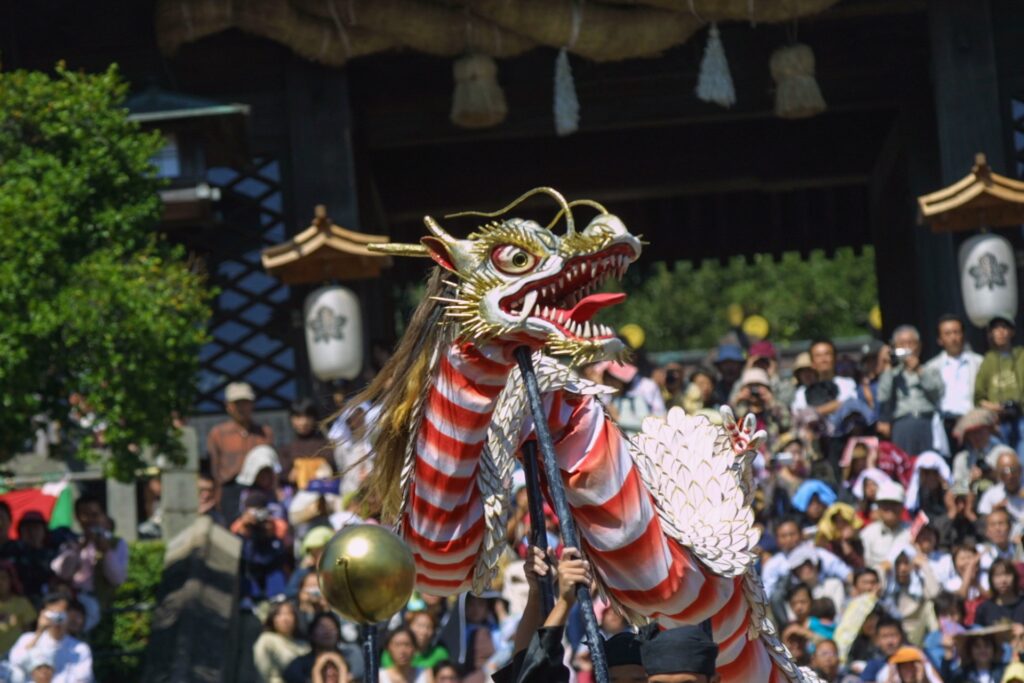
Nagasaki hosts numerous festivals throughout the year, with the Nagasaki Kunchi Festival being the most famous. Held annually in October, this festival features traditional Japanese dances, colorful floats, and vibrant street performances, reflecting the city’s rich cultural heritage. Other notable events include the Lantern Festival during Chinese New Year, which illuminates the city with thousands of lanterns, showcasing the strong Chinese influence in Nagasaki’s history.
Local Cuisine and Food Specialties
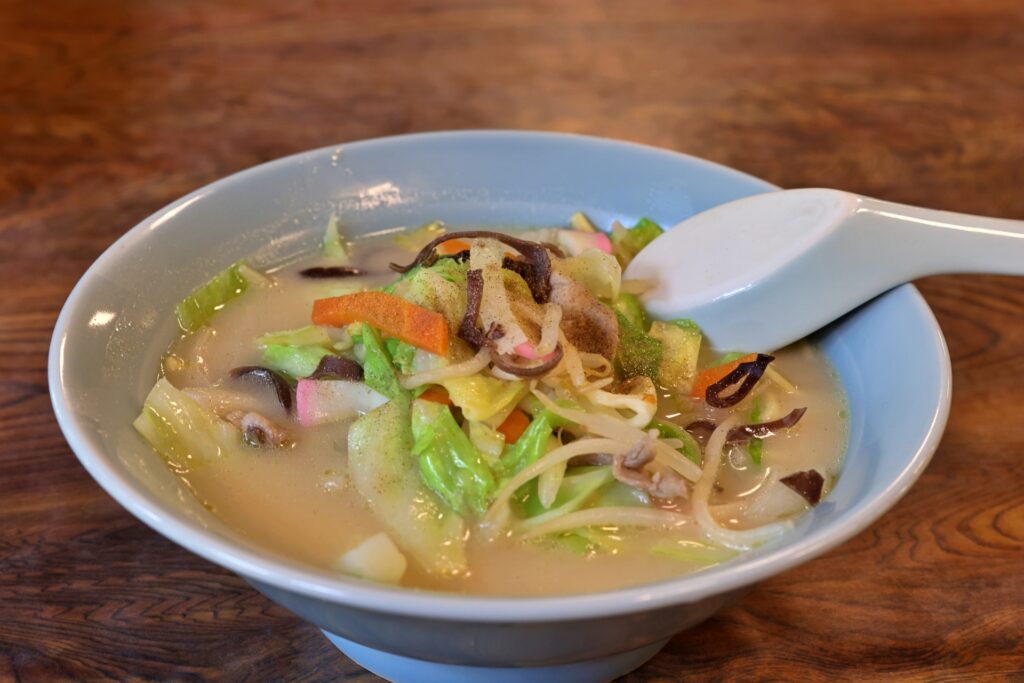
Nagasaki’s culinary scene is as diverse as its history. The city is known for its unique dishes such as Champon, a hearty noodle soup with seafood and vegetables, and Shippoku, a fusion cuisine combining Chinese, Japanese, and Western elements. Another must-try is Castella, a sponge cake introduced by Portuguese traders in the 16th century, which remains a popular treat today.
Modern Attractions and Activities
Nagasaki offers a range of modern attractions that cater to various interests, from urban exploration to outdoor adventures.
Urban Exploration
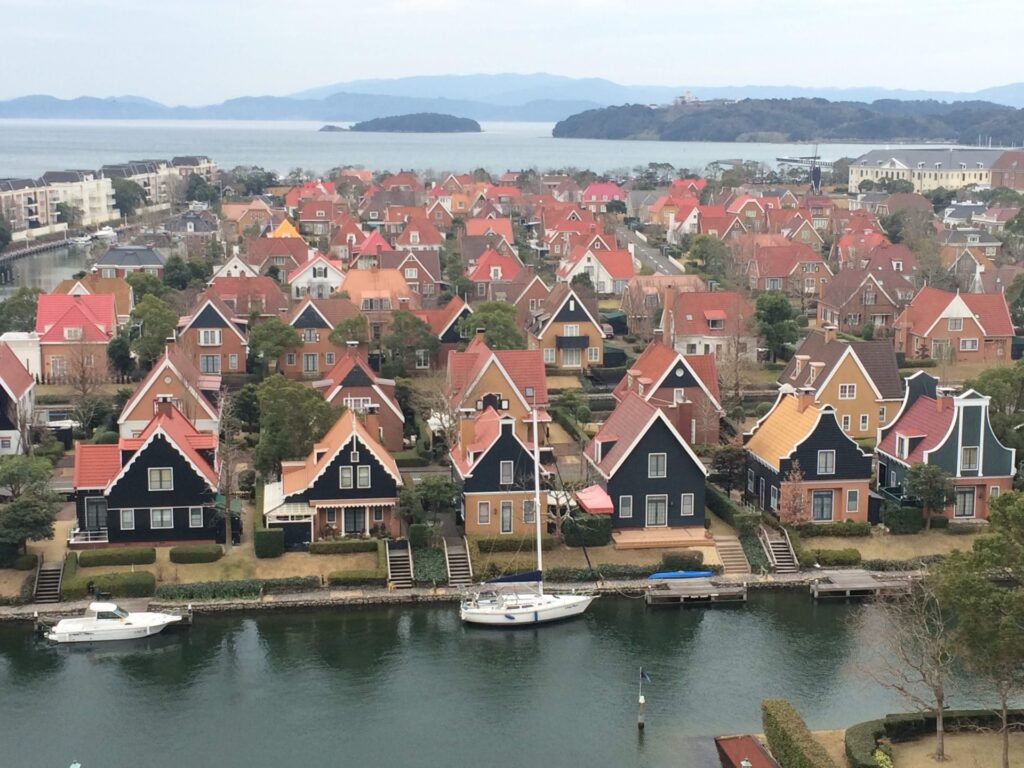
For those interested in modern attractions, Huis Ten Bosch, a theme park replicating a Dutch town, offers a unique European experience in Japan. The park features beautiful gardens, canals, windmills, and various seasonal events. Nagasaki’s vibrant nightlife, centered around the Shianbashi area, provides numerous options for dining, entertainment, and experiencing the local culture.
Natural Beauty and Outdoor Activities
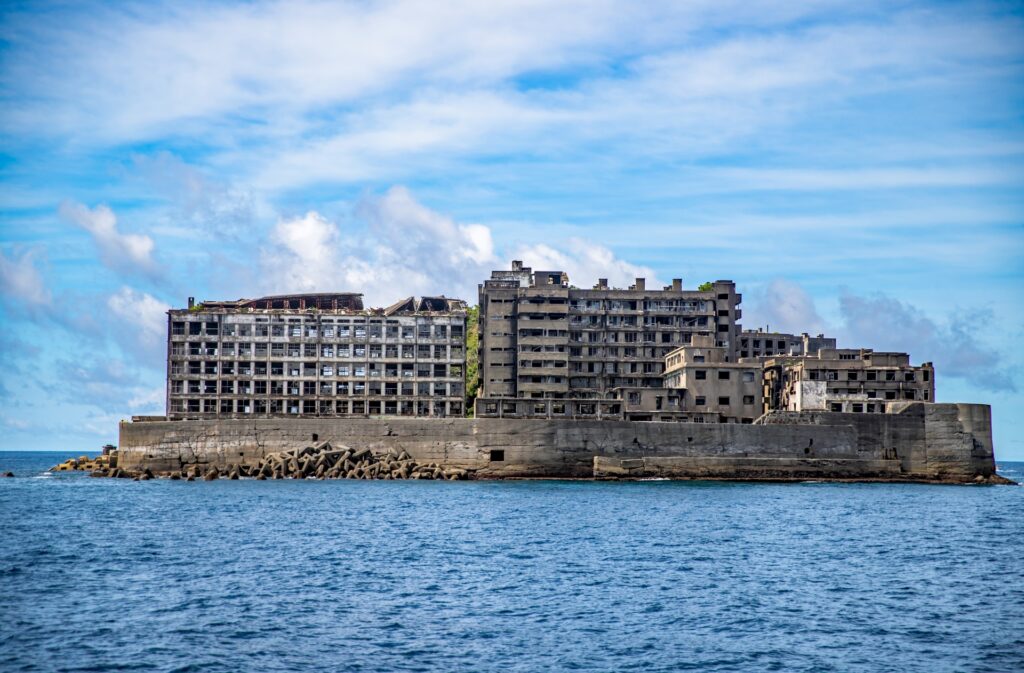
Nagasaki is also a gateway to natural beauty and outdoor activities. Hiking enthusiasts can explore Mount Inasa, known for its stunning night views over the city, often ranked among the top three night views in Japan. The nearby islands, such as Gunkanjima (Battleship Island), offer unique historical tours and beautiful coastal scenery, perfect for day trips.
Practical Travel Tips for Visiting Nagasaki
To make your visit to Nagasaki smooth and enjoyable, consider these practical travel tips.
Getting There and Getting Around
Nagasaki is accessible by various modes of transportation. Visitors can fly into Nagasaki Airport, which has connections to major Japanese cities. Alternatively, the city can be reached by train, with the Kyushu Shinkansen providing a scenic route. Within Nagasaki, the tram system is an efficient and affordable way to explore the city, complemented by buses and taxis for more flexibility.
Accommodation Options
Nagasaki offers a wide range of accommodation options to suit different budgets and preferences. From luxury hotels with stunning views of Nagasaki Bay to budget-friendly hostels and traditional ryokan inns, visitors can find suitable lodging that meets their needs. Popular areas to stay include the city center, which provides easy access to major attractions and transportation hubs.
Safety and Local Etiquette
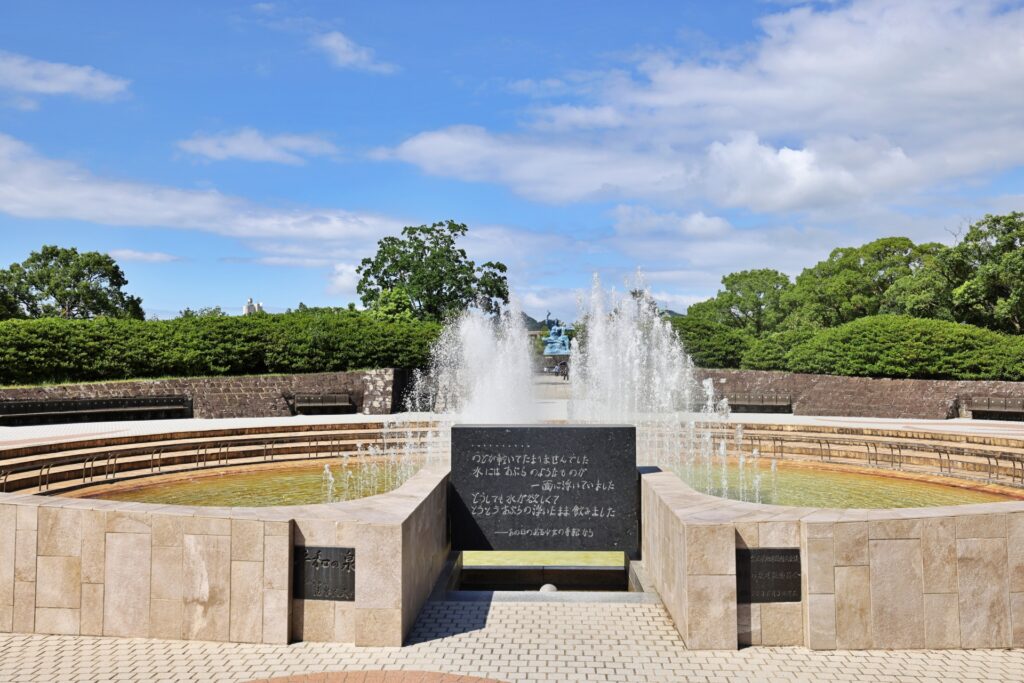
Nagasaki is a safe city for travelers, but it’s essential to follow local customs and etiquette. Respecting the peace and solemnity of historical sites, especially those related to the atomic bombing, is crucial. Additionally, learning a few basic Japanese phrases and understanding local dining etiquette, such as removing shoes before entering certain places, can enhance your travel experience and show respect for local culture.
This comprehensive guide aims to provide a thorough understanding of Nagasaki, ensuring that visitors can fully appreciate the city’s historical depth, cultural richness, and modern attractions. Whether you are a history enthusiast, culture seeker, or adventurous traveler, Nagasaki has something unique to offer.

